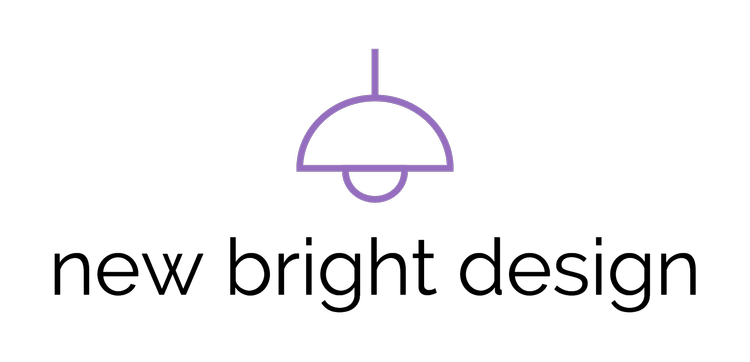Case Study
CASE STUDY
Client - Major aerospace corporation (details throughout have been suppressed as required by NDA)
Deliverable - Tablet application
Purpose - Management of in-flight satellite communication links
Users - Communications officers on government aircraft
My Role - User research, discovery, wireframes, use models, interface design, release schedule
1) Discovery
In the summer of 2018 I was tasked with designing a tablet application to be used by Communications Officers onboard government aircraft in managing reliable data communications links. This requires the handoff of communication signals from satellite-to-satellite while crossing the globe in flight - a unique technical challenge.
Through a series of user interviews with various experts I learned that the existing application, designed a decade ago for clunky PCs, was antiquated and lacked good usability and important features.
I began by making lists of feature requests from the clients, adding my own feature ideas along the way. I then prioritized these ideas, using my own design estimates along with input from stakeholders, developers, and a creative director. Next, I began organizing a basic navigation structure and initial wireframes to capture primary features such as login/logout, map selection, and satellite coverage overlays, as illustrated below:
A summary of the Discovery process (click to zoom in)
2) Wireframes
From the initial discovery, user research and subsequent ideation, I created a design grid and 37 detailed wireframes to develop all of the features being planned for the MVP and follow-on releases. These wireframes illustrated features such as hardware- status tools, a signal-quality KPI dashboard, map-based tracking, and satellite-to-satellite handoff functions.
Additional wireframes were used to specify application details such as aircraft heading (compass rose), attitude (pitch and roll), antenna configuration, map options, data overlays, and KPI tracking along the aircraft’s route.
Throughout this process, my wireframes were used to drive valuable touchpoint discussions with stakeholders, developers, and the creative director so that everyone felt included in the process. In particular, my wireframes needed to show how the feature set would morph from the MVP to second and third releases, based on my ‘tiered release’ plan.
Wireframe samples (click to zoom in)
3) Visual Design
Throughout the wire framing phase of the project I had been doing experiments with visual elements (colors, fonts, opacities, logos, maps, and icons) in order to begin exploring possibilities for the look and feel of the application. Fortunately, I didn’t have to completely own this aspect of the project as I had my hands full with learning about the use cases I needed to cover for the Communications Officers, and putting together the end-to-end user experience.
As my UX designs matured I eventually started working with a dedicated UI designer to take my initial visual ideas and refine them into polished, pixel-perfect designs to be handed off to the development team.
Visual Design elements (click to zoom in)
4) Clickable Prototype
The latter part of my involvement was to wire together my 37 wireframes (now high fidelity) into a system of integrated use cases to fully flesh out the flow, or usability, of the experience. This clickable prototype covered all of the MVP and subsequent-release features, including:
login / logout
map selection
KPI tracking along a plane’s flight path
KPI selection, threshold, and plotting options
satellite beam handoff details for both active and candidate beams
diagnostics tools for evaluating the various satcom gear installed on a particular plane
aircraft location details (past and present)
data logging options
Clickable Prototype screen-to-screen wiring (click to zoom in)
Summary
The project was a success. The stakeholders were very pleased with the significant enhancements we brought to the user experience and the feature set. Simply porting their old application into a tablet-friendly format would’ve been a win, but once I understood that true needs of the Communications Officers we were able to quickly come up with several new features that definitely took the application to a much higher level.
This application is currently used on aircraft around the world to make sure that our heads-of-state (and their staff) have reliable telecommunications networks whenever they need them - even while circumnavigating the globe at 30,000 feet.
Sample screen detail, final design (click to zoom in)
